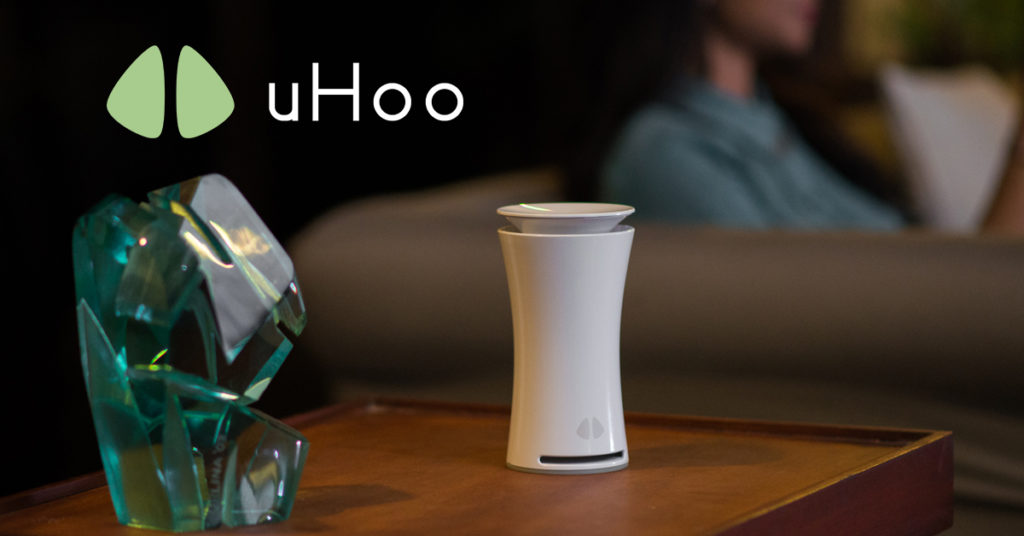As I write this, the UK Government has responded to fast rising Covid-19 cases with stricter controls and regulations, with the prospect of them remaining in place until March 2021. The way it’s going right now, it could be even longer. Dozens of organisations such as HSBC and PwC have slammed “back to office” schedules into reverse. For all those companies hoping that autumn would see the return of employees, this, for many, will be a severe setback. In the meantime, all those working from home, hoping to go back to their work place will no doubt be either disappointed or frustrated or mightily relieved. The big questions facing organisations in respect of Covid-19 are:
A. How can we create a safer indoor environment?
B. How can we reassure our employees that it is safe to return to?
Whilst companies now have a few more months to address these, is there perhaps an even bigger problem for the immediate future; that of productivity of home-based employees? There is copious evidence out there to show that poor quality indoor air adversely affects cognitive performance and productivity. The home can, for many, be a challenging environment to work in. As winter approaches, indoor air quality in many homes is likely to deteriorate badly, impacting on cognitive performance and productivity but, at the same time, creating a perfect environment for viruses to survive and spread. There is a very powerful argument which says: “When employees are in our offices, we aim to provide them with good quality air for their health, wellness, sense of wellbeing and productivity. But when they are working from home, we can’t do that so we will have to accept reduced productivity and its impact on the bottom line.
But wait a minute! The UK’s Health and Safety Executive clearly states “As an employer, you have the same health and safety responsibilities for home workers as for any other workers.” It includes stress and mental health, both of which can be exacerbated by poor air quality. Why can’t we, as employers, encourage or even facilitate our homebased employees to use indoor air quality monitors and air purifiers? Not only will this help them to understand the composition of air in their own home and be alerted to virus-favourable air quality but more particularly, enable them to work in healthier work conducive air. High productivity is so important. The financial payback could well be a matter of a few short months. Apart from that, we will be helping to protect our employees and their families, contributing more directly towards the global battle against Coronavirus.
How could organisations arrive at such a constructive solution?
There is already a major precedent. Most employees have at-home use of company owned assets such as computers and ‘phones (and cars). This principle could be extended for indoor air quality monitors and air purifiers. Both can be obtained under 3-year lease contract and listed in company assets by their MAC address and/or production ID. Other options include cost-sharing such as issuing vouchers to employees. Either way, this type of constructive solution is a win, win, win.
Choosing the right solutions
There is a bewildering range of air purifier products available. Some good, some brilliant, some a bit suspect. Some are more suitable for certain applications than others. Monitoring indoor air quality is totally synergistic with air cleaning, disinfection and purification. It’s about knowledge and immediate remediation. The two go hand in hand. This year we have established partnerships with a number of the best providers of air purifiers and we can help you find your way through the maze. Talk to us today.
COVID-19 and Air Quality
The foundation of any environment is the quality of air. If air quality is poor, the environment can never be conducive to health, wellness and productivity. Since the onset of the pandemic, knowledge about Covid-19 has grown rapidly. For example, once upon a time, the experts said that the Covid-19 virus could only be transmitted by being in close proximity to an infected person or by touching a contaminated surface. It is now confirmed by the WHO and US CDC that Covid-19 can also be airborne i.e. it can remain suspended in air for some time to infect people by inhalation. The survival and spread of any airborne virus indoors will depend greatly upon the condition of the air. Thankfully, indoor air quality which is healthy for humans can hasten the demise of airborne viruses and therefore diminish the spread to others. Poor quality indoor air, detrimental to human health, tends to favour the survival of viruses and may enhance spread.
Detecting Dangerous Virus-Conducive Air Quality
The Covid-19 virus becomes airborne in millions of microscopic droplets exhaled in an invisible cloud or “aerosol” by people as they breathe. That aerosol becomes visible on cold days as people exhale and you can “see their breath”.
The problem is that, indoors, these droplets can remain airborne for many minutes (even hours) or even become attached to airborne particulates PM1 and PM2.5, inhaled deep into the lungs. In June this year, a Hong Kong based company uHoo Ltd. introduced the remarkable “Airborne Virus Index” as part of the uHoo IAQ monitor’s standard data package.
A world first, the Airborne Virus Index shows people if the air around them is promoting or impeding the survival and spread of viruses. When the index alerts that air quality is favourable to viruses, the app gives advice on how to rectify it.
The index is proving to be very helpful to commercial and noncommercial organisations focused on making the workplace healthier, more inviting and reassuring to employees. You can see more about the uHoo IAQ monitoring system at https://www.uhooair.co.uk
Indoor Air Quality in the workplace? Pollution? Know your air!!
“You can’t manage it if you don’t monitor it”
Very, very few employers can prove objectively that the air they supply to their employees is healthy air. Why? They don’t monitor it. If they do, more often than not, it’s a brief audit “snapshot” which can and often is, grossly misleading.
Knowing what pollutants exist in indoor air and their concentrations is absolutely vital. Employers need to know and record that the air supplied to employees is healthy and they need also to reassure their employees. Employees have what is now recognised as a human right “to breathe healthy air”. Why should they endure poor quality air, risking their personal wellbeing when, with today’s technologies, there is absolutely no excuse for supplying poor air? Technologies are now capable of revealing and proving that employee ill health is due to long term exposure to poor air. And that could leave employers wide-open to litigation.
There are a number of very capable indoor air quality (IAQ) monitors on the UK market suitable for commercial applications.

Arguably, foremost amongst these is the uHoo IAQ monitoring system. Not only do uHoo monitors facilitate minute by minute detailed reporting across nine IAQ parameters but also integration with Building Management and Building Automation Systems such as Tridium’s Niagara 4.8. Data can also be presented on video display screens to inform building occupants about the air quality they are obliged to breathe. Relaying data to building occupants is a significant requirement in the higher standards Well Building Certification.

Graham Mills, Managing Director
AirProfiling Ltd.
www.uhooair.co.uk
sales@uhooair.co.uk
01636 555 007






